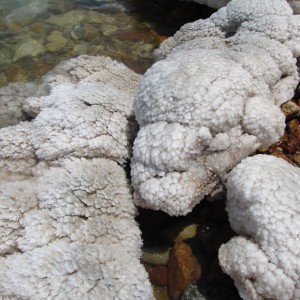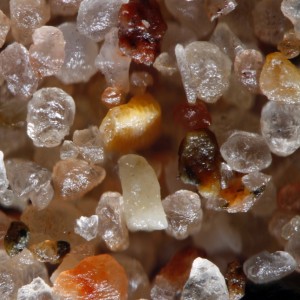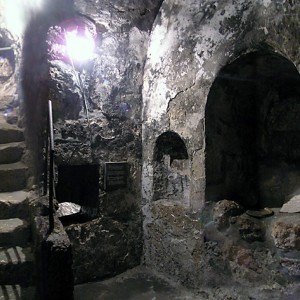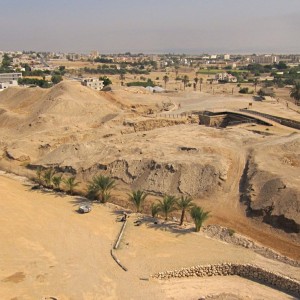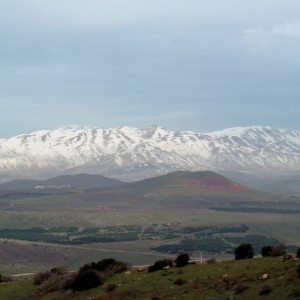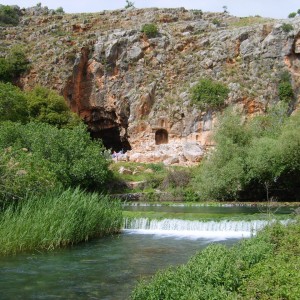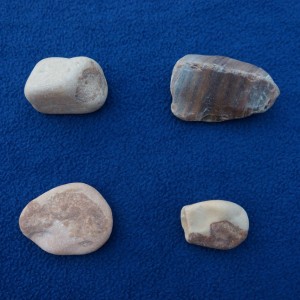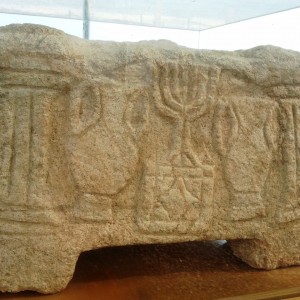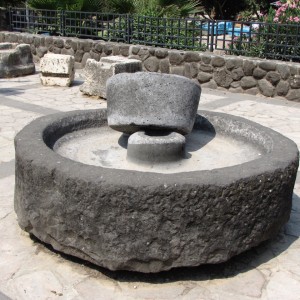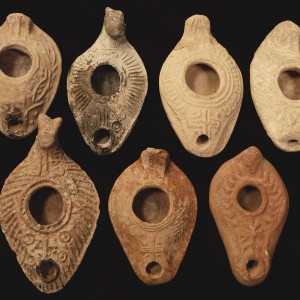You are the salt of the earth. But if the salt loses its saltiness, how can it be made salty again? It is no longer good for anything, except to be thrown out and trampled by men. –Mt 5:13
While we’re on the topic of rocks, let’s not forget salt. It’s a rock which, strange to say, we eat. Arguably it is the only edible rock.
